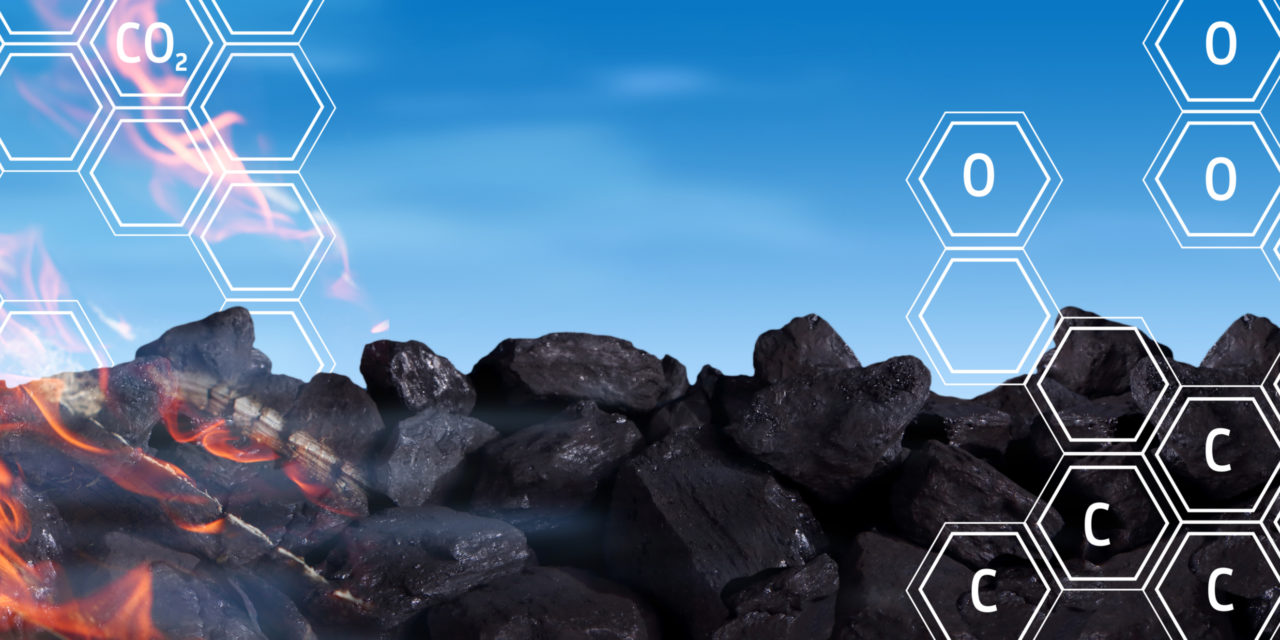
The Future of … Carbon Capture: Silver Bullet or Mirage?
Carbon capture and storage is generally defined as a three-part process that uses technology to capture carbon, transport it and store it underground.
To view the full article please register below:
The Future of … Carbon Capture: Silver Bullet or Mirage?
In a sweeping study of the impact of rising global temperatures, the U.N.’s Intergovernmental Panel on Climate Change (IPCC) not only outlined the possible consequences of continued climate warming, but offered some hope by declaring that it remained possible to limit global warming to 1.50C and prevent the worst from happening with carbon capture.
In order to limit global temperature increases in the decades ahead, the IPCC said that it would require unprecedented changes in human activities and a greater reliance on techniques that remove CO2 from the air.
Carbon Capture Primer
Carbon capture and storage is generally defined as a three-part process that uses technology to capture carbon (i.e. from power generation plants), transport it and store it underground, usually in depleted oil and gas fields or deep saline aquifer formations.
Given the urgency of global warming, however, it’s not enough to simply capture the CO2 being generated. In order to keep temperatures from rising too high, removing existing CO2 from the atmosphere is essential.
The State of Carbon Capture
For this to represent a realistic approach for reducing net carbon emissions, the technologies must have the capacity for capturing meaningful amounts of carbon at a reasonable economic cost.
Like many new technologies, the cost of this has come down substantially over time. While there are a number of different private sector companies and governmental initiatives working on large-scale carbon removal technologies, most are in the early stages.
Some of the more interesting efforts are:
- Carbon Engineering, a Canadian company, which has developed a direct air capture technology that produces a stream of compressed CO2 that can be stored underground or converted into fuel.
- Climeworks, a Zurich-based company, uses a filter to remove carbon from the air, which is then separated from the filter and sold to customers, ranging from food and beverage companies to greenhouses.
- Global Thermostat is a New York City-based company that uses the process-heat generated by heavy industry to capture carbon, and has the advantage of being able to be retrofitted to existing plants and factories.
The Road Ahead
Carbon capture will likely take decades to play out, but recent tax law changes may speed up development. In a remarkable illustration of “politics making for strange bedfellows,” the tax reform legislation signed in 2017 by President Trump includes a tax credit of $50 for every metric ton of carbon dioxide stored underground and $35 for every ton used in some other fashion.
This provision not only raised the economic incentive of carbon capture previously in place, but by increasing the number of years for qualifying for this tax incentive, companies are now more likely to move ahead with carbon capture initiatives.
See referenced disclosure (2) athttps://blog-dev.americanportfolios.com/disclosures/












